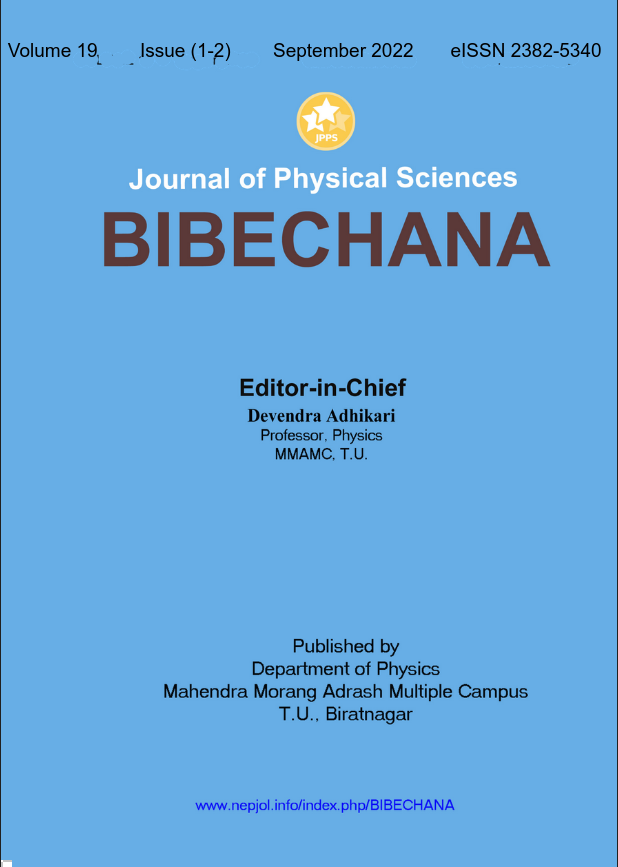Dichotomization of quantitative variables in poverty analysis
DOI:
https://doi.org/10.3126/bibechana.v19i1-2.46407Keywords:
Dichotomization, Headcount index, Poverty gap index, Square poverty gap index, VulnerableAbstract
It has been proposed four schemes of dichotomization for the four household level quantitative variables – area of land holding, geographic accessibility to the nearest market centre, number of children under 15 and number of literate members of working-age – with justification in the selection of threshold value for each variable to dichotomize into disadvantaged and advantaged group of households using the Nepal Living Standard Survey 2010/11 data with 5988 households and 28,670 of their household members. Association of each dichotomized variable with household level poverty status (poor/non-poor) was found highly significant. Finally, the proposed schemes of dichotomization have tested empirically for their ability to differentiate the poor people into two categories - ‘more vulnerable’ and ‘less vulnerable’ - by fist estimating the three measures of poverty – head count index, poverty gap index and squared poverty gap index - of each group of population and comparing the estimated measures between the disadvantaged and advantaged group of populations. Statistical analysis has been performed by using IBM SPSS version 20. To a large extent the proposed schemes of dichotomization have found to differentiate the poor people into two groups; for example, the head count index of the disadvantaged group of the number of children under 15 is 3.1 times higher than that of the advantaged group. The results of this paper are expected to be useful to the policy makers and development planners of Nepal for focusing their poverty reduction program towards the more vulnerable group of population as well as academician.
BIBECHANA 19 (2022) 142-149
Downloads
Downloads
Published
How to Cite
Issue
Section
License
Copyright (c) 2022 Krishna Prasad Acharya, Shanker Prasad Khanal, Devendra Chhetry

This work is licensed under a Creative Commons Attribution-NonCommercial 4.0 International License.
This license enables reusers to distribute, remix, adapt, and build upon the material in any medium or format for noncommercial purposes only, and only so long as attribution is given to the creator.




